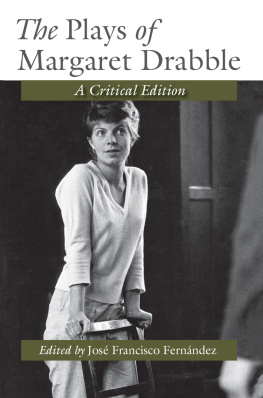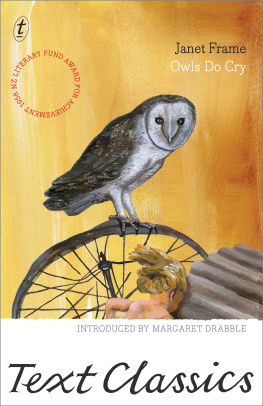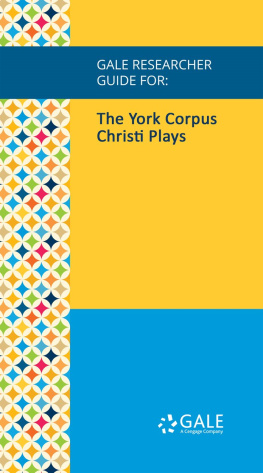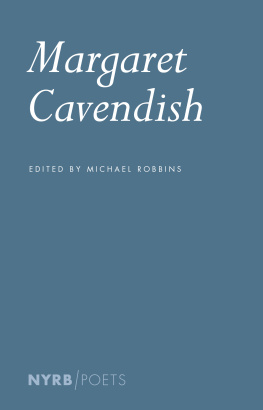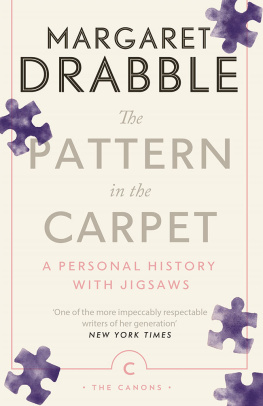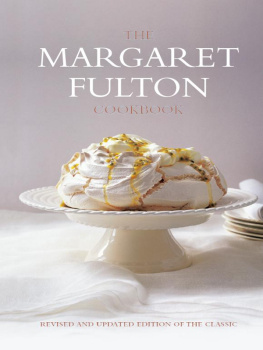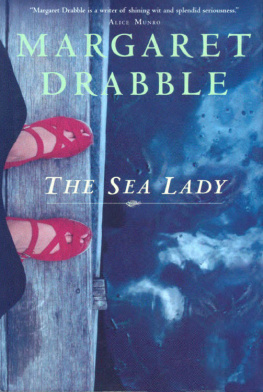Table of Contents
Guide
Page List



Copyright 2018 by Syracuse University Press
Syracuse, New York 13244-5290
All Rights Reserved
First Edition 2018
18 19 20 21 22 23 6 5 4 3 2 1
The paper used in this publication meets the minimum requirements of the American National Standard for Information SciencesPermanence of Paper for Printed Library Materials, ANSI Z39.48-1992.
For a listing of books published and distributed by Syracuse University Press, visit www.SyracuseUniversityPress.syr.edu.
ISBN: 978-0-8156-3605-2 (hardcover) 978-0-8156-3611-3 (paperback) 978-0-8156-5456-8 (e-book)
Library of Congress Cataloging-in-Publication Data
Names: Drabble, Margaret, 1939 author. |Fernndez, Jos Francisco, editor. | Drabble, Margaret, 1939 Laura. | Drabble, Margaret, 1939 Bird of paradise.
Title: The plays of Margaret Drabble : a critical edition / edited by Jos Francisco Fernndez.
Other titles: Plays
Description: First edition. | Syracuse, New York : Syracuse University Press, 2018. | Includes bibliographical references and index.
Identifiers: LCCN 2018038149 (print) | LCCN 2018051489 (ebook) | ISBN 9780815654568 (E-book) | ISBN 9780815636052 (hardcover : alk. paper) | ISBN 9780815636113 (pbk. : alk. paper)
Classification: LCC PR6054.R25 (ebook) | LCC PR6054.R25 2018 (print) | DDC 822/.914dc23
LC record available at https://lccn.loc.gov/2018038149
Manufactured in the United States of America

Contents
JOS FRANCISCO FERNNDEZ
JOS FRANCISCO FERNNDEZ
JOS FRANCISCO FERNNDEZ
BETSAB NAVARRO
NGELA RIVERA IZQUIERDO
GERMN ASENSIO PERAL
VERNICA MEMBRIVE PREZ

Illustrations

Introduction
JOS FRANCISCO FERNNDEZ
The publication of two plays, one for television, Laura (1964), and one for the stage, Bird of Paradise (1969), by a novelist of the stature of Margaret Drabble (1939) amounts to more than a mere question of literary curiosity. From a variety of perspectivesbiographical, social, historical, culturalthese pieces offer us a fine opportunity to reassess a specific period in English letters, the 1960s, one that shaped the coming of age of an influential generation, including Drabble herself.
The publication of these plays has been motivated by two main concerns: the consideration of Drabble as the social writer par excellence of her generation and the presence in her work of an artistic impulse that has always been open to evolution and transformation. In the former case, it is interesting to note that in her plays Drabble never abandons her curiosity about the world that surrounds her, offering at all times a questioning vision of the social issues of her time. In this sense, Laura and Bird of Paradise can be read as historical documents that testify to the situation of British women in the 1960s. In the case of the latter, it is of great interest to observe the artistic solutions that an accomplished author of fictional prose found when faced with the challenges of a different medium. Drabble is seen here adapting her ideas and narrative techniques to the technical requirements of theater and TV production. It is interesting to learn which playwrights she admires, the models she follows, and how she conforms to yet also deviates from expectations in terms of the kind of plays that novelists typically produce under commission.
This volume, which should be considered a complement to the understanding of Drabbles whole literary production, is presented here in a critical edition because the rich texture of the plays invites a theoretical treatment, including both a broad contextualization and a discussion of the main topics in them. Contrary to Drabbles own disparaging comments on her work for the theater, her plays are significant pieces, and their intrinsic merit should be stressed. In the case of Laura, kitchen-sink drama rarely presents as many concerns as those contained in Drabbles single play for television. In addition, the sharp dialogues and the complex personality of the protagonist manage to transcend the naturalistic setting of this theatrical form. Bird of Paradise, her only drama for the stage, is equally challenging for the juxtaposition of different planes and a swift sense of construction, as if the pace of novelistic narration informed the concatenation of events in the play. These works by Drabble certainly get their times right, so that the forces and interests of a particular period of British history are interwoven with the settings, characters, and dialogues in a highly distinctive way. One can detect between the lines the changes of attitudes on morality, womens rights, social welfare, sexuality, fashion, and so on that the 1960s represented (to be consolidated in British law through legislation on abortion, contraception, divorce, equal pay, the legalization of homosexuality, the relaxing of censorship). Despite its many shortcomings, Britains welfare state fostered the dream of a better society and the questioning of traditional values. In Laura and Bird of Paradise, Drabble continued with the discussion of ethical issues that features so prominently in her fiction, but from a different perspective. The opportunity to explore the combination of Drabbles theories of social justice with the demands of new media, as proposed in the present project, is ample compensation for the fact that theatrical writing played a minor role in her oeuvre, which means that her plays can indeed provide useful insights into the intellectual and social concerns of postwar theater for students and scholars of British drama.
The importance of recovering the typescripts of Drabbles plays became evident after the publication of her short stories, A Day in the Life of a Smiling Woman (2011). It was seen at that point that in any consideration of the novelists production not only were the major narrative texts worth studying, but so were her forays into a number of other genres over more than fifty years of literary output. As we know, she has always been a regular contributor to the press, commenting on social issues of the moment, and has also written biographies and works of criticism. The publication of her short stories, then, began a process of bringing to light the multiform nature of her talent. The days when, in the words of Valerie Grosvenor Myer, in Britain she won awards, but it was not the fashion to take her seriously (1991, 11) had by now been left behind. In her pioneering study, Grosvenor Myer states that her main intention was to achieve recognition for Drabble as a serious writer... with the gifts of social observation, satiric wit, compassion and coherent metaphysic (1991, 11). Among other features, Grosvenor Myer identifies in Drabble a consistent view of the human condition and a capacity for moral analysis. These facets of her writing are well known, but the publication of her stories demonstrates how her writings are integrated into a larger scheme: in some of the pieces, the author is seen tying up the knots that had been left loose in the novels; also evident is the fact that major characters in her large-scale fiction had enjoyed a previous existence in the workshop of the short story. The major and minor texts, then, intertwine coherently, as can be seen in Drabbles particular interest in the lives of especially privileged characters. A recurrent concern for Drabble has been the study of the contradictions inherent in those who are different because they have talent, looks, intelligence, health, esteem, and money and, feeling guilty, must prove worth by living difficult, complicated lives (Veach Sadler 1986, 2). Through
Next page
